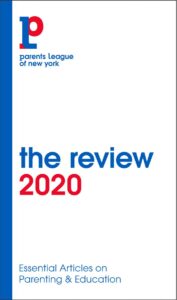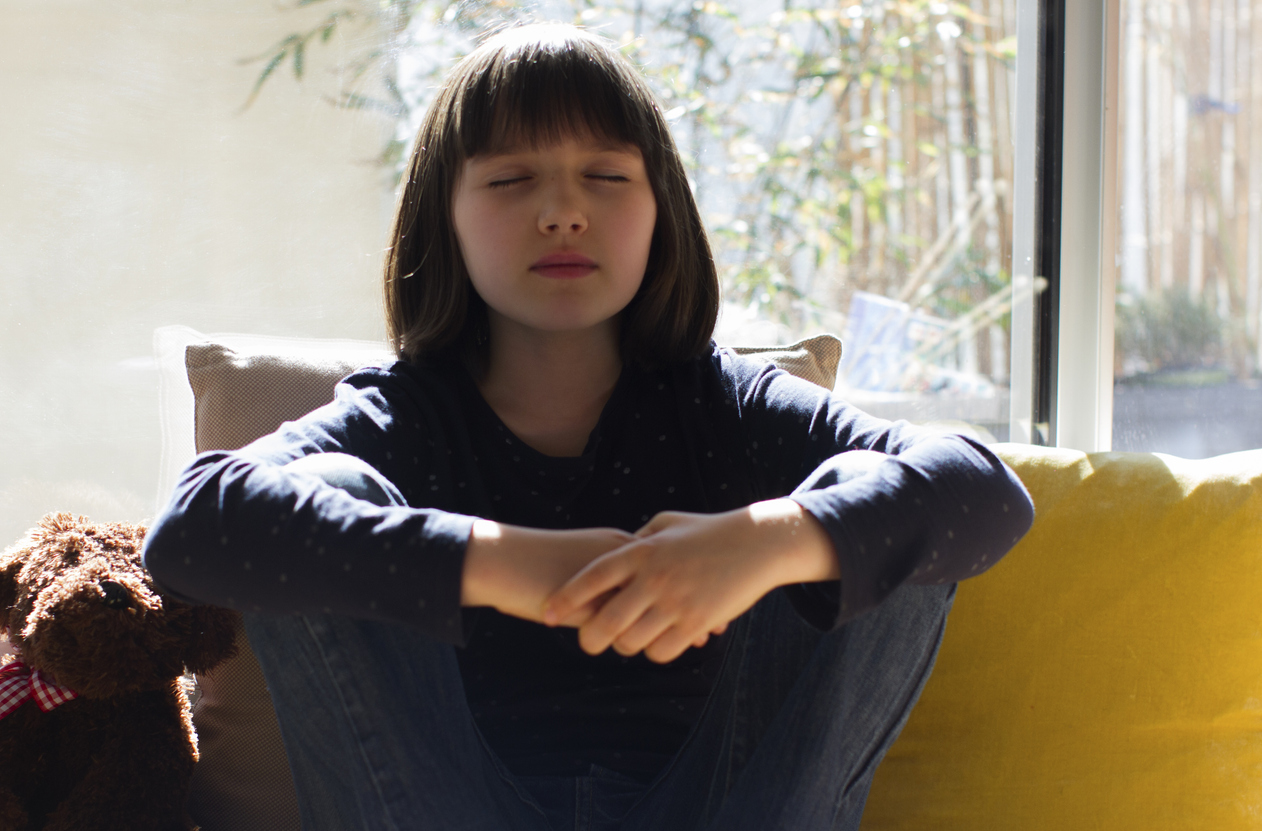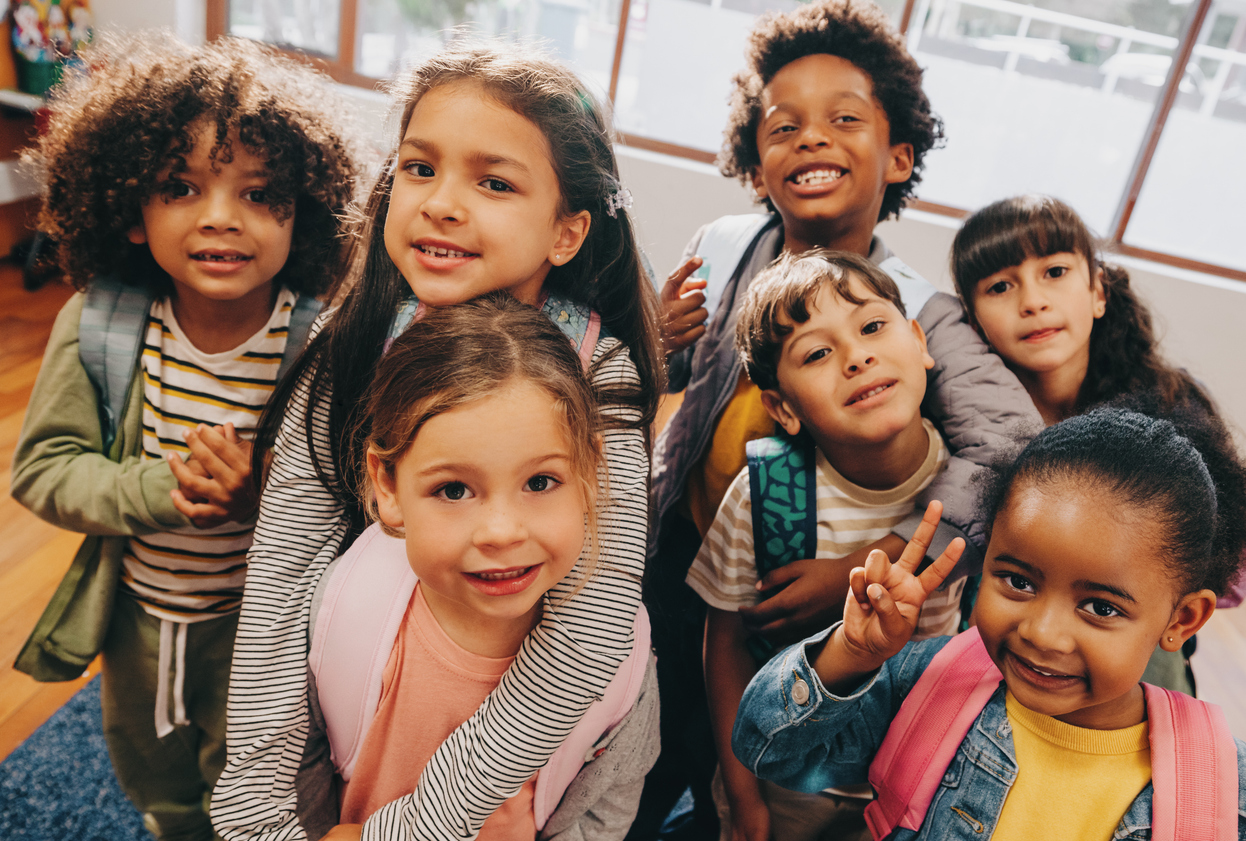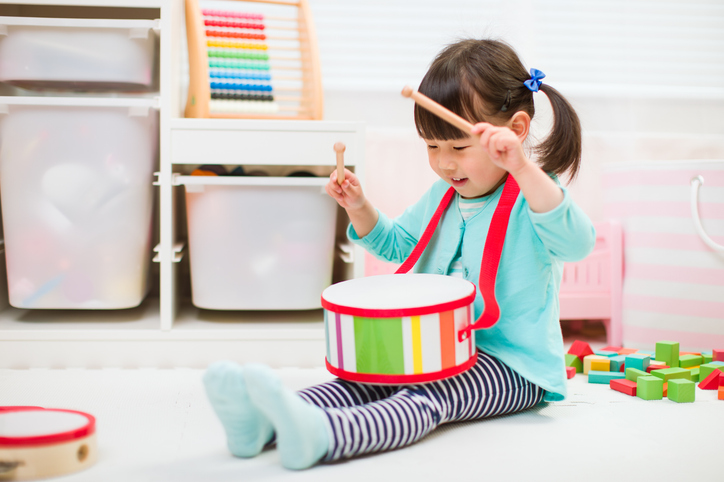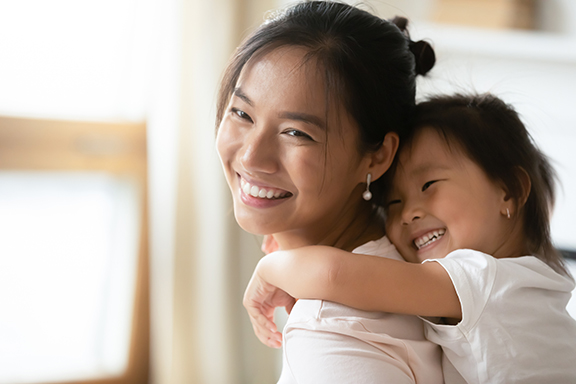Playing to Learn: Inside and Outside of School
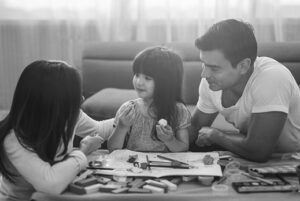
When we think of play, we don’t often connect it to learning. Historically, a whole-child playful approach to learning has been both celebrated and decried as a curse that would rob children of academic potential. From the 1930s to the mid-1950s, developmental psychologists like Jean Piaget and Lev Vygotsky promoted play as the work of childhood, and essential to children’s development. By 1957, the tide turned in favor of academic-heavy preschools as headlines sounded alarms that the United States was falling behind the Soviet Union, who had just launched Sputnik—the world’s first satellite. In the 1970s and 1980s, the pendulum swung back toward playful developmentally appropriate education and yet again toward an academic focus in the early 2000s with the passage of No Child Left Behind. This false dichotomy persists today, with many educators and policy makers presenting play and learning as mutually exclusive. In truth, play and learning are irrevocably intertwined.
What is Playful Learning?
The science of learning tells us that children learn best when they are active and not passive, when they are engaged and not distracted, when the material they are learning is meaningful, and when the lesson is socially interactive. Playful learning builds on these principles by bringing the joy and agency that children experience in play into their learning experiences. Playful learning spans three types of play: free play, guided play, and games.
Free Play
Free play lets children choose the activities and make the rules. Free play is initiated and directed by children themselves. While deciding how and what they want to play together, children engage in social interaction, expressive communication, and storytelling. When someone mentions “play,” free play is often the first thing that comes to our mind. We picture children running through a field with friends, playing dress-up, or doing science experiments with water and baking soda. Free play with objects helps children uncover how the world works via scientific thinking. For instance, children learn cause-and-effect as they make predictions about what will happen when they roll different balls down a slide. Free play also encourages strong socio-emotional development as kids learn to work together, share, and play fairly.
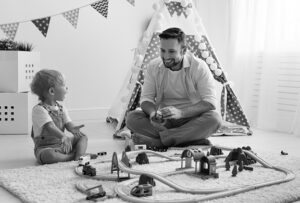
Guided Play
The second type of playful learning is guided play. Guided play is both child-led and adult-guided. Adult guidance can take numerous forms, including playing with a child as a peer would, asking the child questions that the adult knows the answer to, or supplementing a child’s discovery with relevant information. During guided play the child may choose the activity, such as building a tower, but the adult may gently guide the child toward a goal that will increase learning, such as how to build a strong tower that is unlikely to fall. The adult’s role is to maintain the child’s focus on the activity and provide support when the child is struggling, for example asking the child questions about which block should be added next or making suggestions about how many blocks are necessary to have a strong base. Children learn better when they figure out an answer or correct a mistake on their own than when an adult simply tells them the answer or corrects a mistake for them.
For instance, if the tower falls over halfway through building and upsets the child, the adult may ask the child’s thoughts as to why it fell over and how to rebuild it even stronger. This gives the child an opportunity to think about how to build the tower using a different strategy and to reason through this process independently. If the child is stumped and cannot think of other ideas, the adult can ask guiding questions, for example, “Do you think having a lot of blocks on the top of the tower made it too heavy? If lots of blocks on top make it so heavy that it falls, how can you make the top of the tower lighter?” The child has the opportunity to infer that fewer blocks should go on top of the tower, or even that more blocks should go on the bottom of the tower, without the adult explicitly pointing this out. In this case, the ultimate result is not only that the child got to engage in a desired activity—building a tower—but that the adult guided the play to help the child learn how to build a strong tower.
Our research group found that using guided play to help preschool-age children discover the “secrets of the shapes” led to enhanced learning about shapes. We encouraged children to physically interact with triangles and asked them instructive questions about the physical features of the triangles. Children who engaged in this guided play demonstrated greater geometric knowledge about shapes—both immediately after playing and one week later—compared to children who passively observed the adult exploring the shapes, or children who played freely with the shapes with no adult guidance. Thus, guided play could be thought of as a “sweet spot” that combines the best elements of child-directed play and adult-guided learning.

Games
The final type of playful learning is games. Games combine either tangential or targeted learning goals with the fun and engaging characteristics of game play to support children’s learning. An example of a game with a tangential learning goal would be Simon Says. Simon Says was not designed to work on executive functioning skills, such as inhibiting a response when Simon does not “say” to do something, but it builds those skills all the same.
Our research group’s work on a modified version of a Snakes & Ladders game provides an example of a game with a targeted learning goal. In this study, pairs of preschool children read a storybook featuring target vocabulary words with a researcher, and then reviewed the words. Children whose word review was embedded in the Snakes & Ladders game learned more words than children who reviewed the words in a traditional non-game context, illustrating the power of games in playful learning.
What About Playful Learning Outside of School?
To reap its full benefits, playful learning must extend beyond the classroom. Surprisingly, children spend only 20 percent of their waking hours in school. That means that formal instruction from 8 a.m. to 3 p.m. is unlikely to maximize children’s developmental potential by itself. Children spend much of the other 80 percent in afterschool and community settings, which are often overlooked as potential sites for playful learning. The Learning Landscapes initiative seeks to encourage guided play by infusing underutilized community spaces with learning potential. Thus far, these projects have transformed supermarkets into hotbeds of parent-child interaction by posting playful prompts, like a cow asking, “What else on this aisle comes from cows?” Urban Thinkscape remade a bus stop and adjacent lot in Philadelphia with puzzles, narrative prompts and a special version of hopscotch promoting children’s executive functioning.
Although many Learning Landscape installations have aimed at young children, older children can also learn during after-school hours through games such as Parkopolis, a life-size playful learning board game that promotes STEM and fluid reasoning skills. In Parkopolis, children roll “fraction dice” to advance in fractional amounts around the board, drawing cards and engaging in physically and mentally challenging play. Parkopolis was piloted in Switzerland with 8- to 13-year-olds, where it was found to promote number and spatial language, measurement, observational skills, and persistence in grappling with complex problems, compared with children who merely engaged in free play.
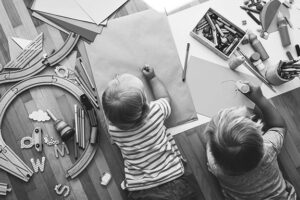
How Can Parents Support Playful Learning?
Given its benefits, how can parents support children’s playful learning, both in and outside of school? There are four areas in which parents can play a key role: time, space, materials, and being a caring partner.
Time and Space
Despite the hectic pace of our often over-scheduled society, parents can do a great favor to children by providing them with time and space to play. Time to explore, discover, and manipulate the environment is a wonderful gift, and parents should not feel pressured to tightly schedule all of children’s free time with sports practices, music lessons and other activities. In fact, there are great benefits to allowing children time to entertain themselves for a while each day. It is also highly beneficial to provide children with specially designated spaces for play. This could mean having a designated play area within the house or a favorite outdoor spot that children can readily access.
Materials
Children generally rely on parents to provide them with fun and stimulating play materials. You can give your children materials that encourage them to imagine new worlds—such as cardboard boxes or blankets for building a fort or a box of old clothes to play dress-up. One form of guided play involves preparing a play environment with materials that will lead children toward a learning goal. For example, this may take the form of setting out paper and colored pencils to encourage children to draw and color pictures (and practice their fine motor skills at the same time). It might also include a parent providing toys that relate to the content of a story—such as a castle and knights with a book about knights and dragons—to make it easier and more fun for children to play out their understanding of the story’s themes.
Caring Partner
Finally, parents are also critical to children’s play as a caring partner. Parents can foster children’s social skills through cooperative gameplay, sharing, and other back-and-forth interactions. Parents can also encourage and talk to children about play. Making comments like, “I like the way you are playing,” or “What are we going to play today?” help children to understand that play is an important activity in which to engage. Being a gently supportive play partner—and not a play “take-overer”—is a great way to allow children to let their imaginations run free while still providing scaffolding when children need help.
Conclusions
Playful learning is a context in which children learn very effectively. The enjoyable nature of play helps draw children in and allows them to focus and learn while having fun. Play does not need a ton of bells and whistles; a simple play space featuring visually interesting block play or other child-friendly activities is enough to get children interested. Neighborhood play spaces can incorporate elements from the community that are familiar to children to help them connect play with their previous life experiences. There are many simple ways for parents to connect their children with playful learning opportunities. Providing the time, space and materials for play—as well as being a caring play partner—makes parents strong advocates for play in children’s lives. Sharing our thoughts on the connection between play and learning with other parents can help to tear down the artificial wall that is often built between them. Our kids don’t see boundaries in playful learning, and neither should we.
Brenna Hassinger-Das, Ph.D., is an Assistant Professor of Psychology at Pace University-NYC. She directs the Science of Development (SciDev) Lab in New York City.
Molly Schlesinger, Ph.D., is a Postdoctoral Fellow in the Temple University Infant & Child Laboratory
Jeremy Sawyer, Ph.D., is an Assistant Professor in the Behavioral Sciences and Human Services Department at Kingsborough Community College.
Kathy Hirsh-Pasek, Ph.D., is the Stanley and Debra Lefkowitz Faculty Fellow in the Department of Psychology at Temple University and is a Senior Fellow at The Brookings Institution. She is the author of many books, including her recent Becoming Brilliant: What Science Tells Us About Raising Successful Children.
This article first appeared in the 2019 issue of the Parents League Review. Get the current issue of the Review free with a family membership. Or purchase it separately.
